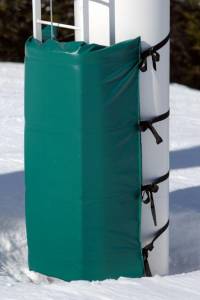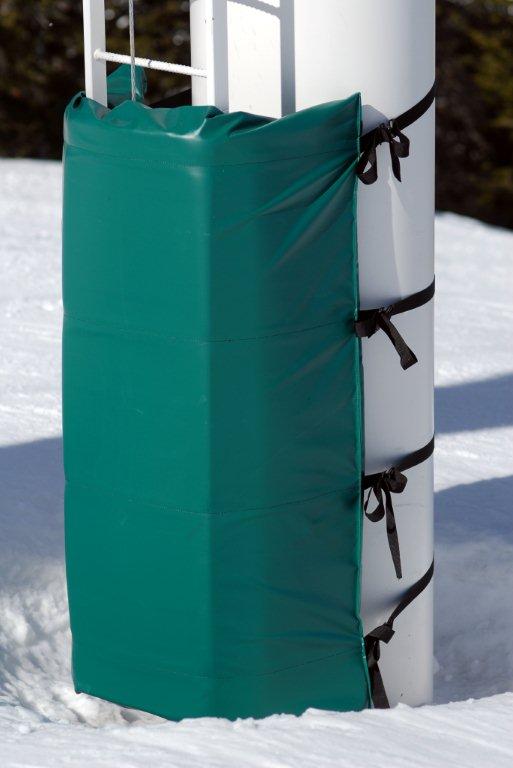Sacramento, CA – How safe is your favorite ski area?
The California Ski and Snowboard Safety Organization (CSSSO) this week issued a “Family Safety Report Card” spotlighting what the group describes as varying and inconsistent safety and accident prevention practices at California mountain resorts. The Report Card is intended to provide guidance to parents in identifying the safest possible resorts for their families, the group says, as it identifies known practices and safeguards in several categories, including padding for lift towers, buildings and other fixed obstacles, speed and congestion controls, terrain park design and operations, trail intersection design and management, hazard warnings, markers and barriers, and snowmaking equipment and moving vehicle safeguards.
The CSSSO report is authored by Dick Penniman, a former ski patroller who has testified as an expert witness in numerous lawsuits filed against ski areas for injuries incurred on their slopes. The non-profit CSSSO was founded by Dr. Dan Gregorie, who lost his daughter Jessica in an accident at Alpine Meadows near Lake Tahoe on February 5, 2006, when she skied off a cliff between marked runs.

The grades are based on publicly available information, including resort websites, as well as the onsite observations of a limited set of safeguards documented in the 2011 California Mountain Resort Safety Report produced by the SnowSport Safety Foundation (SSF), also founded by Gregorie. In the summer of 2012, SSF sent a follow-up Resort Family Safety Survey to obtain the most current information on resort safety practices and policies that specifically requested resort safety plans and information on policies and practices such as death and injury tracking and reporting, reckless skier monitoring and sanctions, alcohol service on slopes, child helmet use requirements and child requirements, among other key factors important to safety. No resort responded to the survey.
Grades assessed by the organization range from a B, awarded to Granlibakken at Lake Tahoe, to an overall F issued to Mount Baldy near Los Angeles, which scored an F in the majority of categories. First Tracks!! Online, however, as unable to find any record of a serious accident occurring in recent history at Mount Baldy. Most resorts on the report card earned a C.
Except for mechanical lift inspections, California has no specific snow sport safety statutes or regulations, the group asserts. There is no public source of death and injury statistics and resorts do not release this information. California courts are among very few in the nation that uphold express waivers of negligence as a complete defense and recognize a very limited duty of care, report authors claim.
Gregorie has maintained a publicly visible presenceurging ski resorts to document their safety plans and make them available to patrons on request, in addition to making their death and injury statistics publicly accessible for individuals and families to make informed choices. The California Ski Industry Association (CSIA), however, questions the group’s motives.
“The ski areas declined to participate due to the well-known biases of the author,” Bob Roberts, the CSIA’s president and CEO, said of the Resort Family Safety Survey in a letter addressed to NBC 4 Televison in Los Angeles, which prepared a story based on the CSSSO report. “The questions have no
foundation in national industry practices and fail to address the behavioral side of the safety equation. Winter sports require conditioning, training, proper equipment and judgment.
“Skiing and snowboarding are gravity sports practiced above 6,000 feet in winter weather conditions that are subject to sudden and powerful changes,” Roberts added. “We are not amusement parks. There are inherent risks in the sport as recognized in California law. The resorts prepare detailed safety plans, which are continually reviewed and updated. They are voluminous, but are available at the resort for review by the public. Nineteen of our 25 Alpine resorts operate under special use permits administered by the U.S. Forest Service. Safety plans for these resorts are reviewed annually by the government.”

